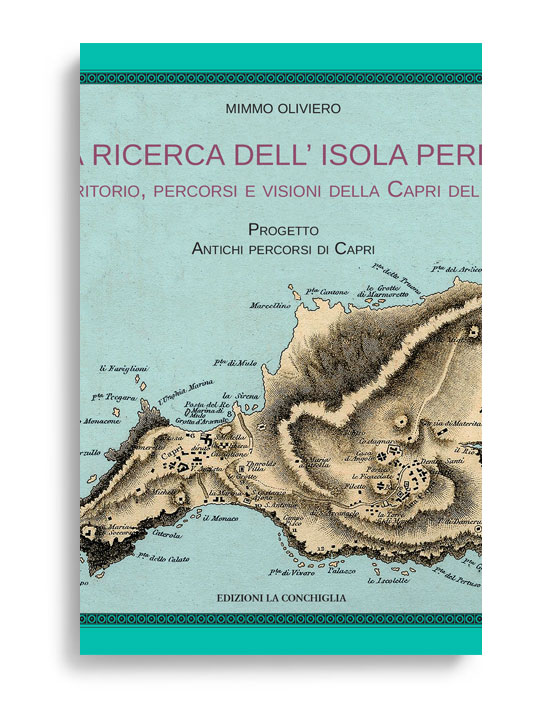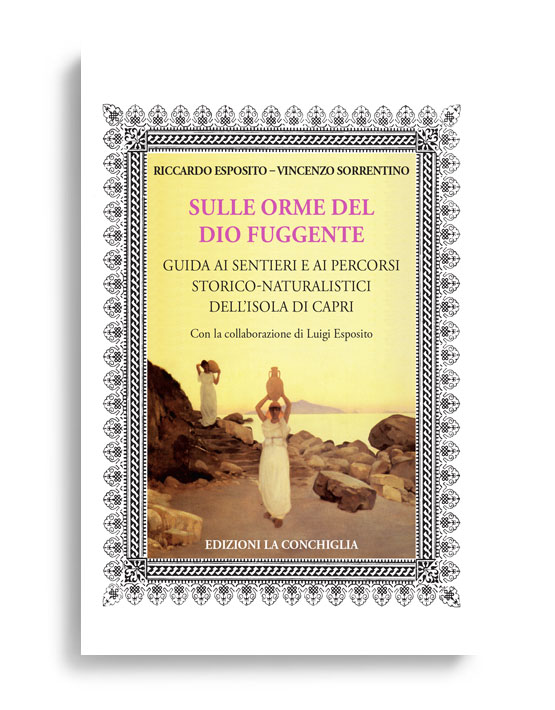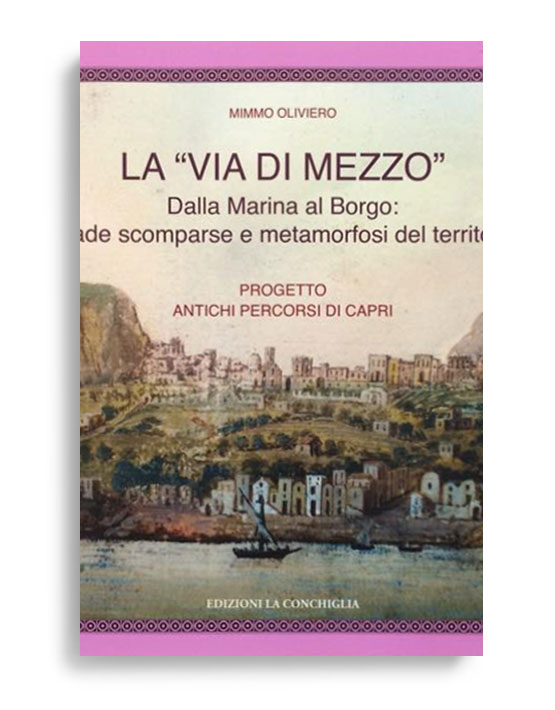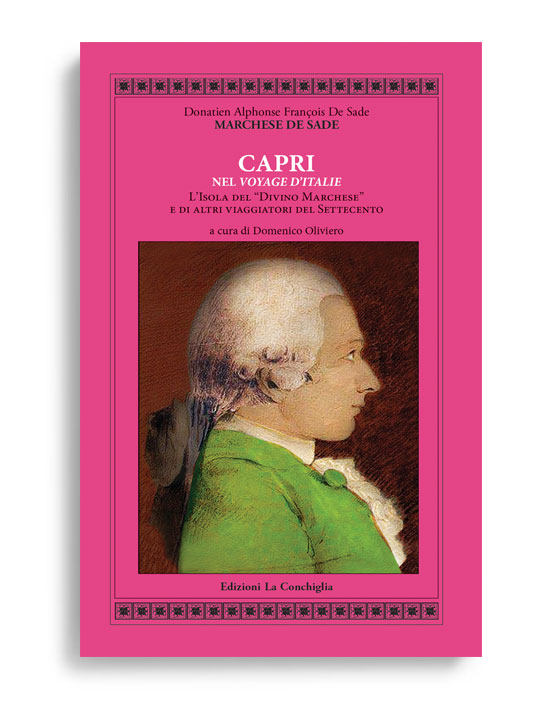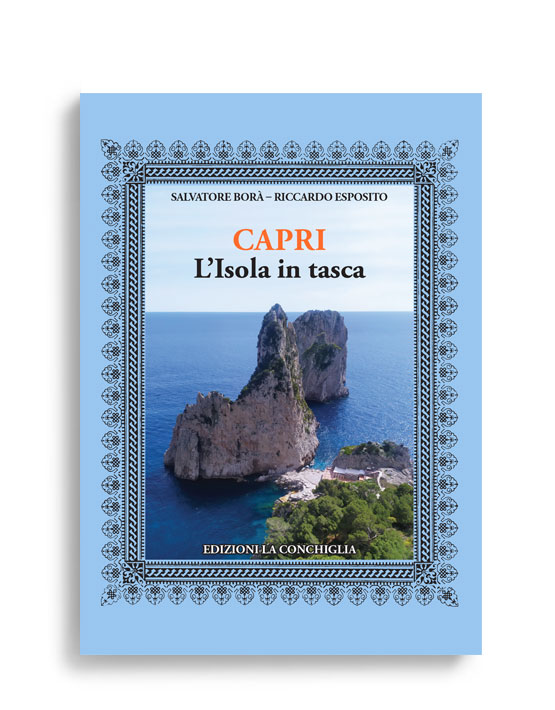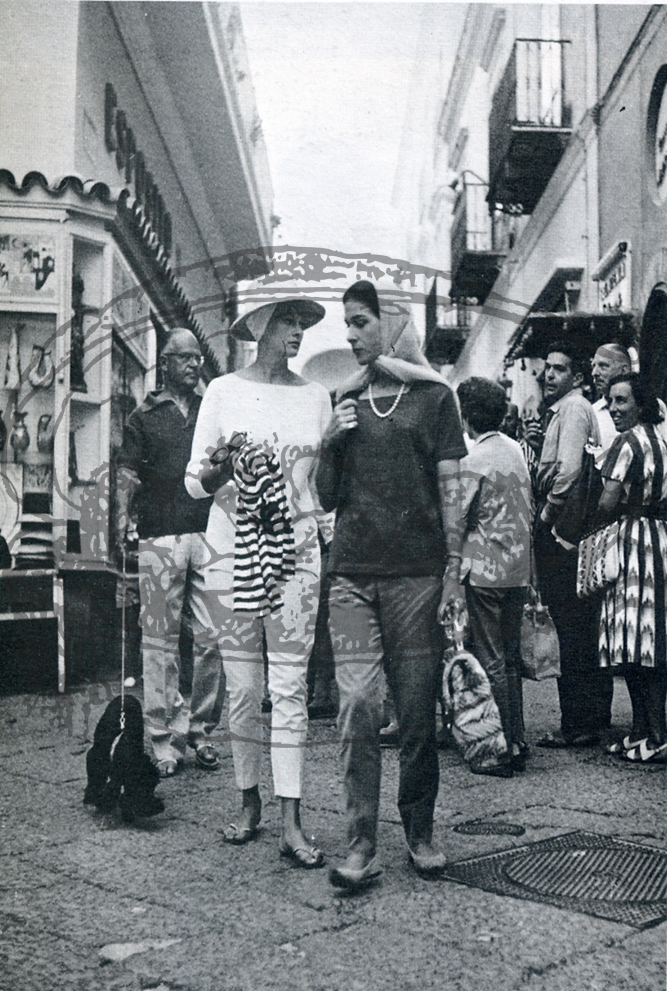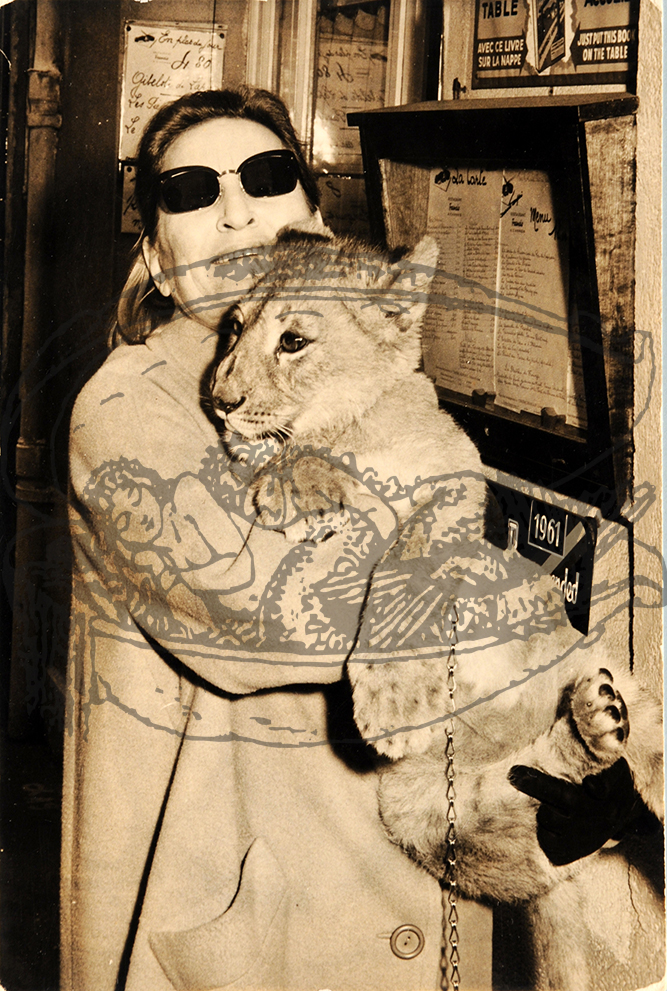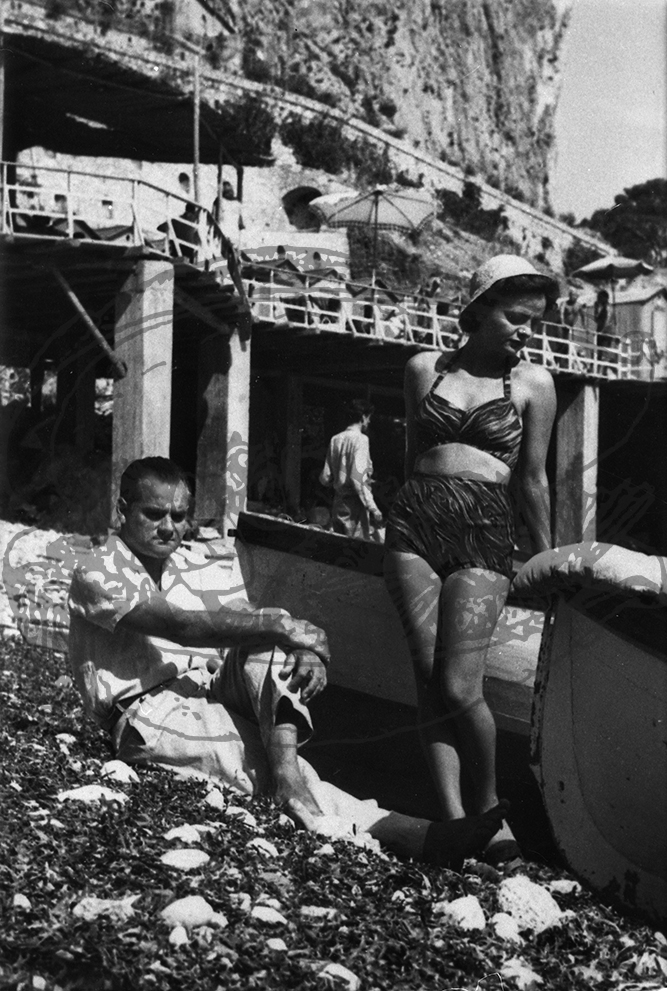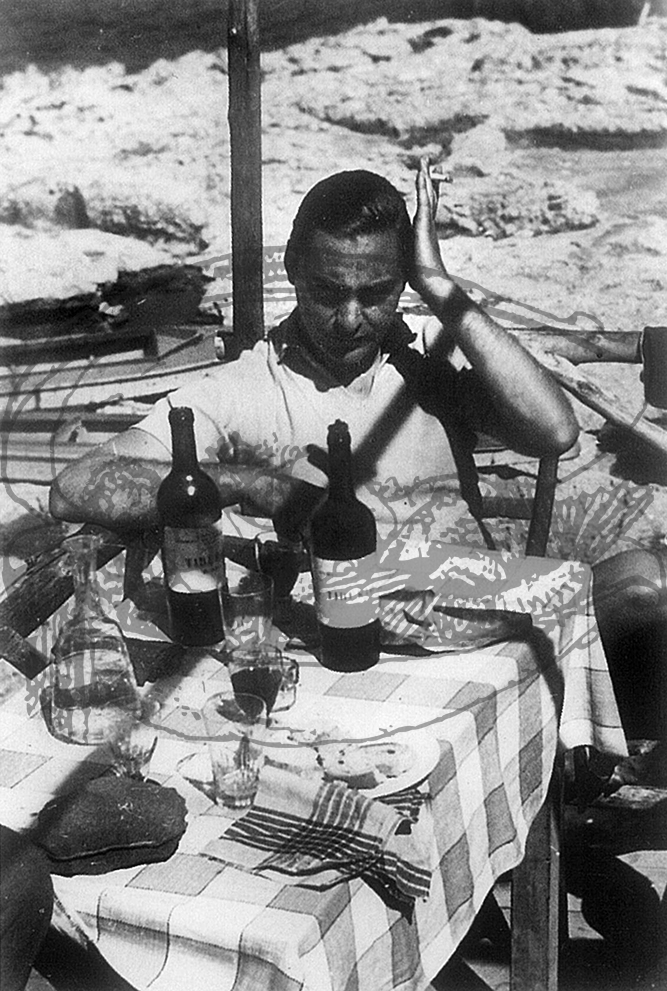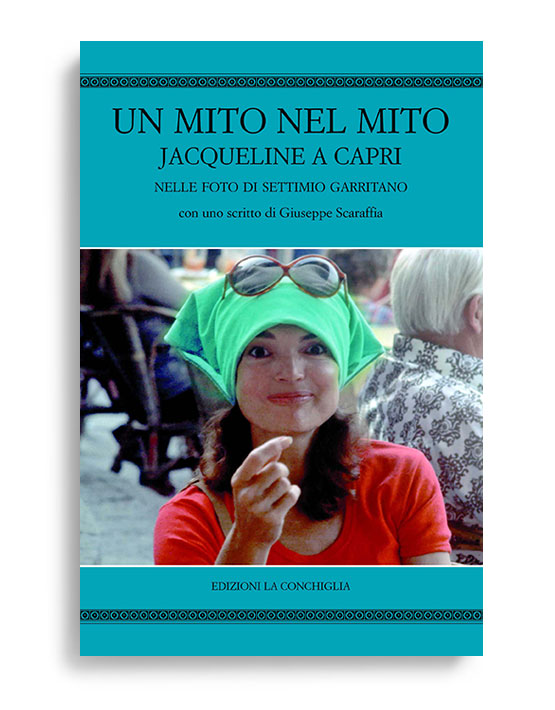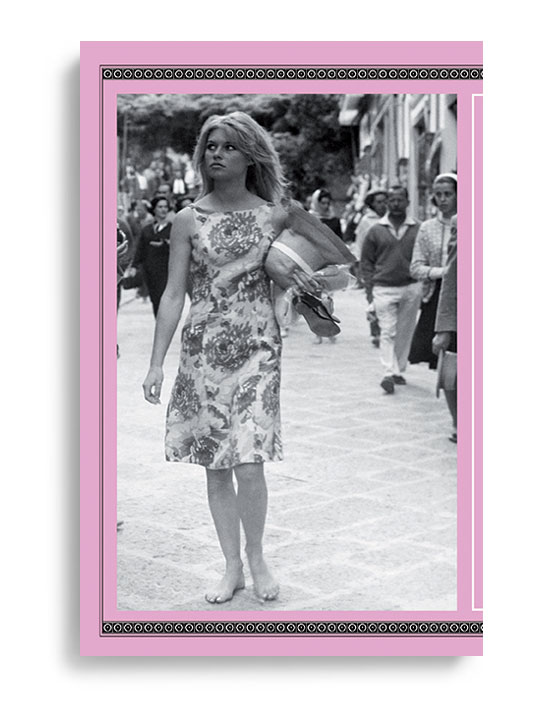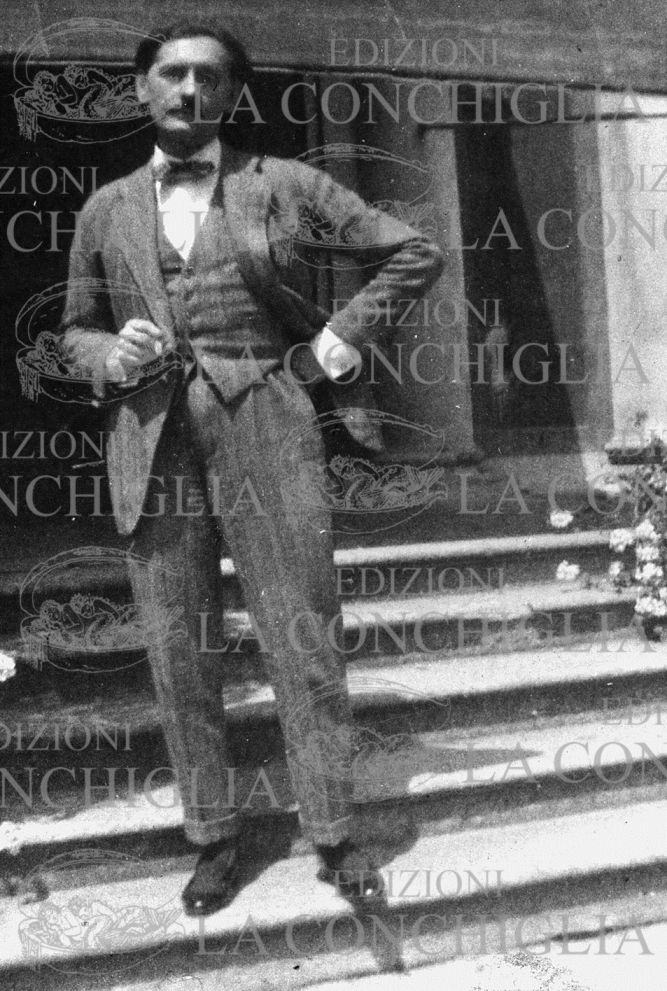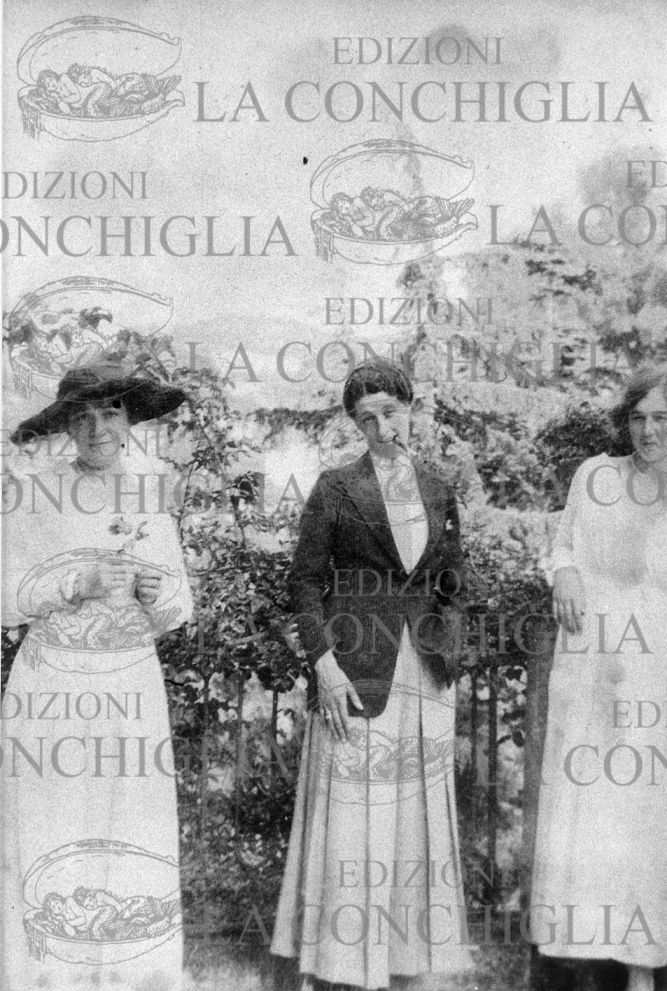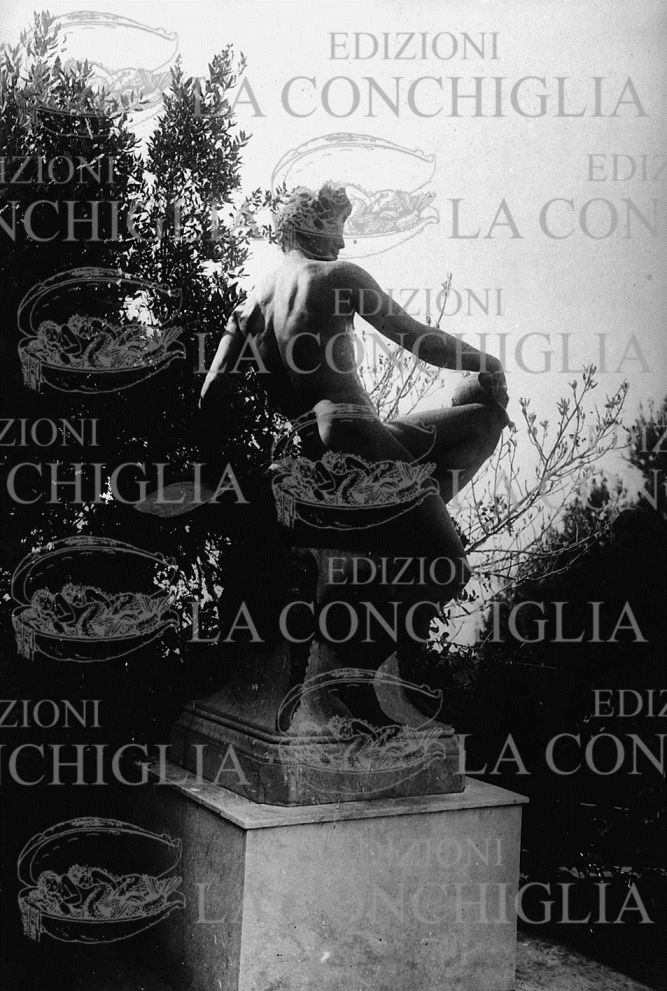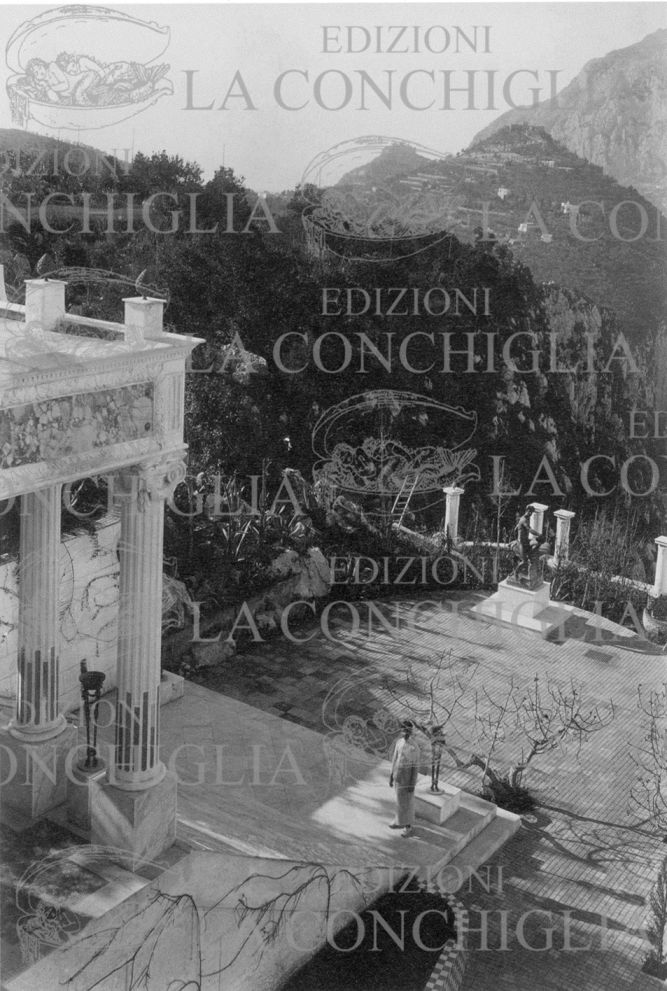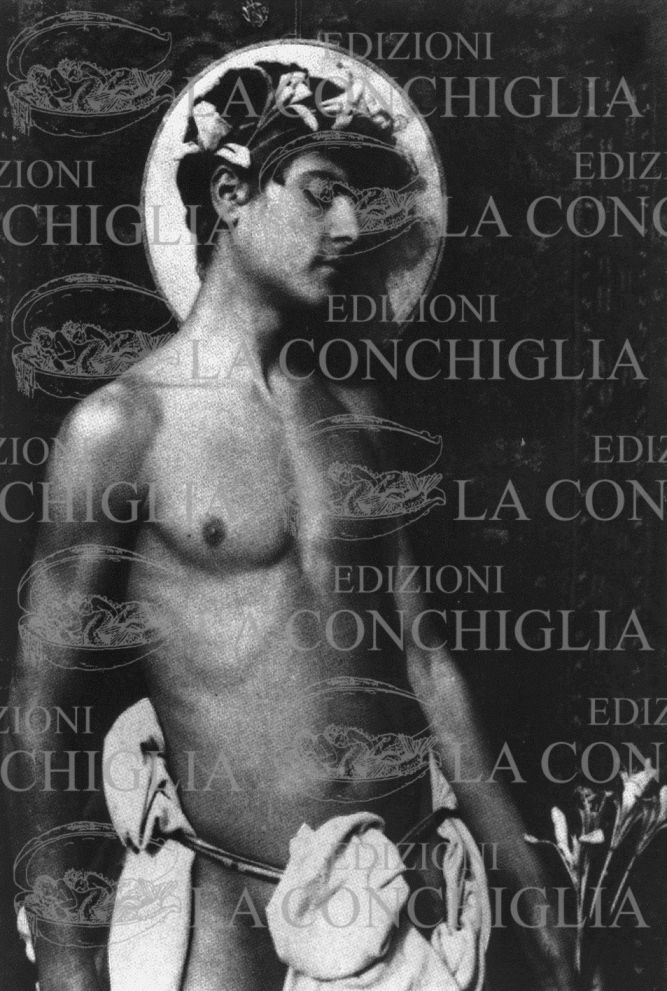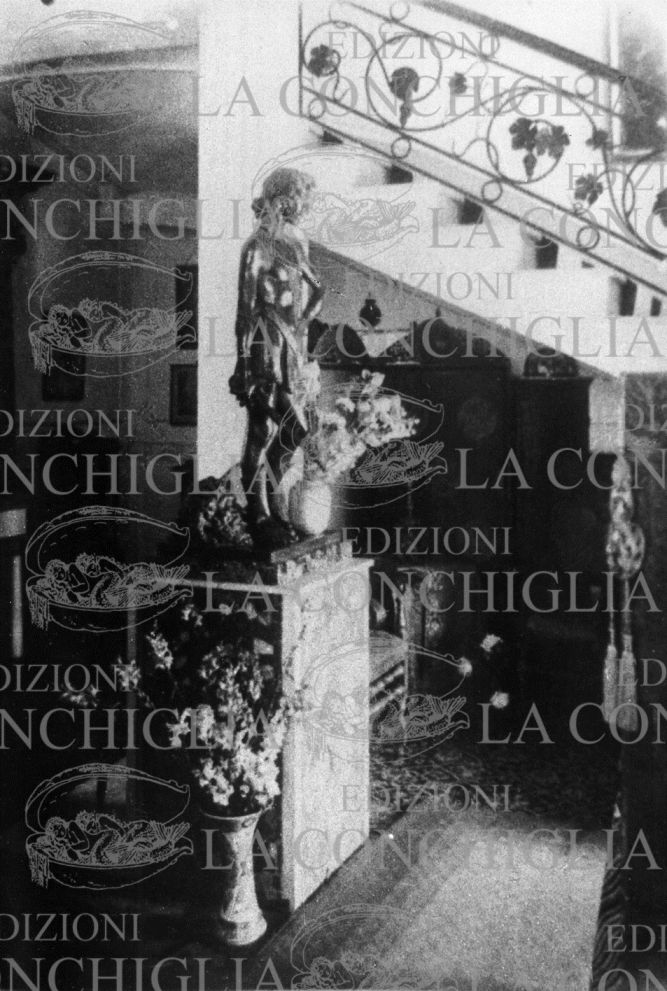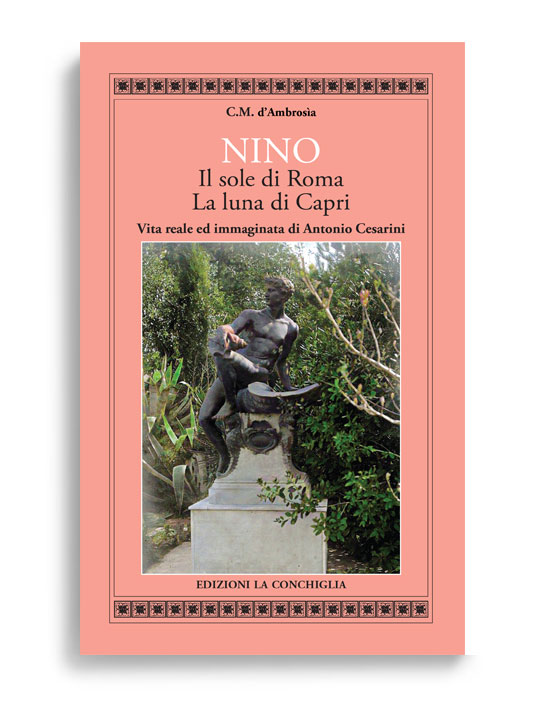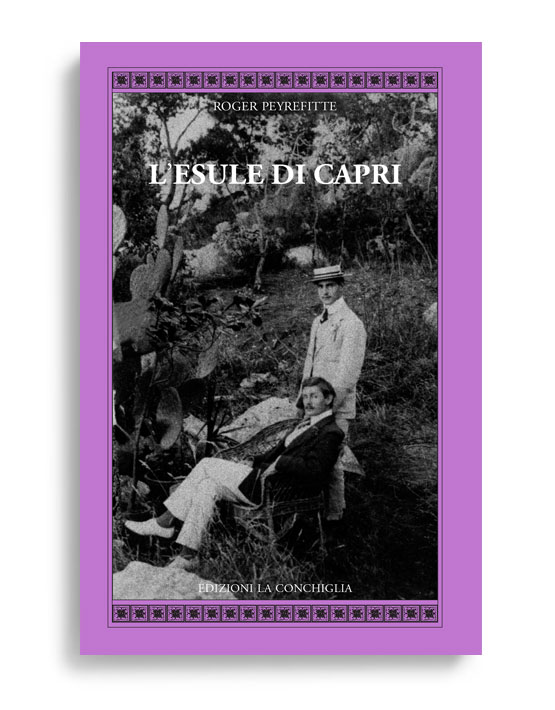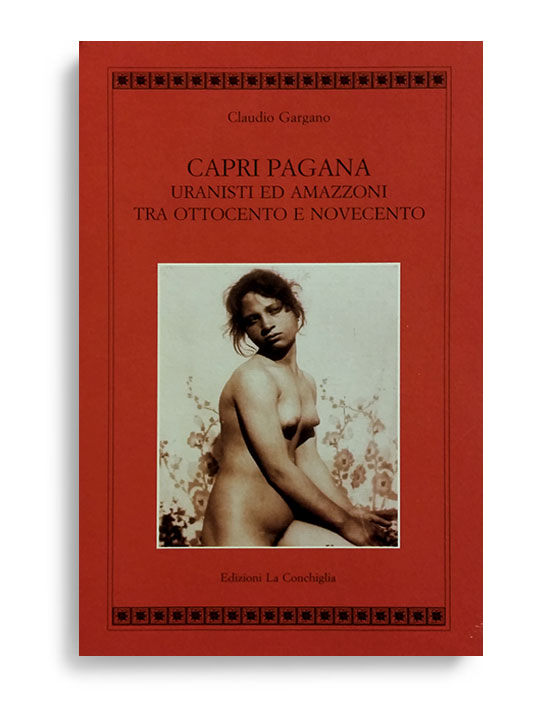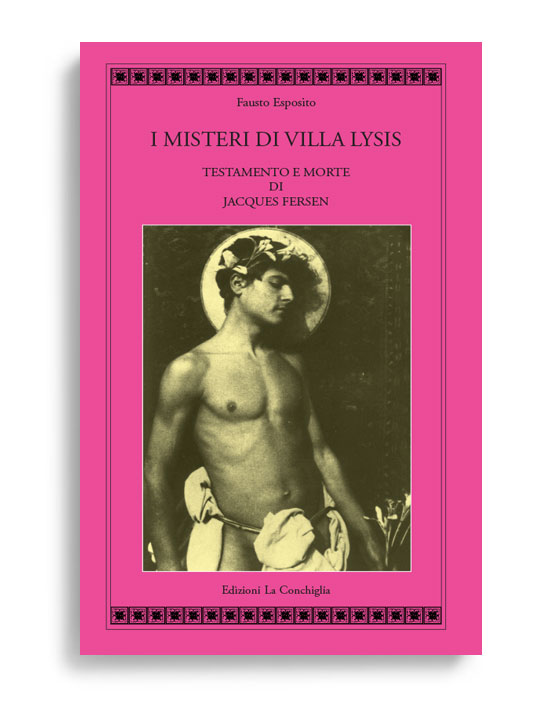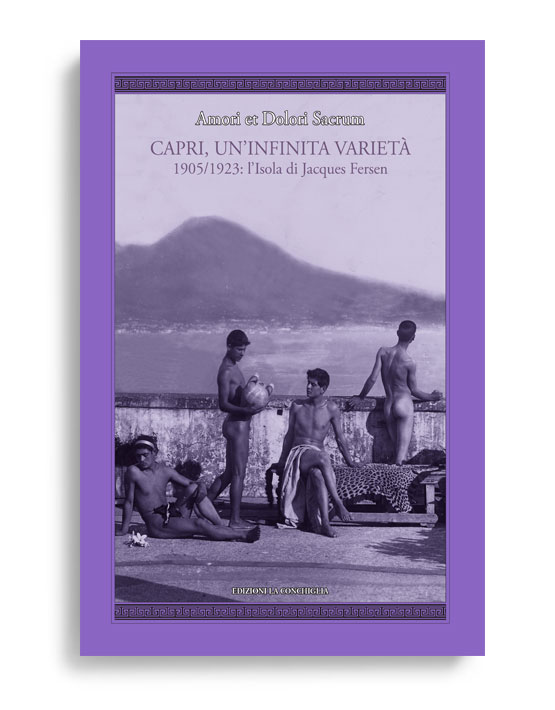
Search website
Follow us
Highlights
On the way around Capri…
Trails and walks on the Island
Going around the Island between past and present
The path, whether it is a drove road, a trail, a mule track, or simply a faint trace created by hunters, shepherds, farmers, or just to reach a place, inevitably refers to walking and moving through nature: once this activity was almost always connected to a task, to specific collective needs, or to an existential condition; today it is mostly related to an individual choice and an inner necessity.
If we closely examine some maps of Capri from the 19th century and the early 20th-century cartography, we notice that many paths allowed an organized connection between the interior of the Island and the coasts through small valleys and streams: some of these paths have survived while many others have disappeared… a series of volumes published in recent years guide us through the routes that are still fortunately passable, tell us about those we can no longer cross… others try to identify paths that are ‘visible’ only in paintings or even in the descriptions of travelers from past times.
SULLE ORME DEL DIO FUGGENTE
Guida ai sentieri e ai percorsi storico-naturalistici dell'isola di Capri
DetailsSADE – CAPRI NEL “VOYAGE D’ITALIE”
L'Isola del "Divino Marchese" e di altri viaggiatori del Settecento
DetailsThe Dolce Vita of Capri and its protagonists
The Island in the fifties
Characters, scandals and lifestyles
The fifties were the golden age for Capri. It can well be said that that period of vitality, joie de vivre and love for excess, which in Italy will take the name of “dolce vita” and which will connote an unforgettable era in the history of our country, was born on the small island much earlier , even in the years close to the end of the WWII. Capri in the 1950’s was a world made up of elites and excellences in every field and from every country, in which the figures of King Farouk of Egypt, habitué of the island even after his abdication, of the writer Graham Greene who sat always at the same table of his favorite restaurant, and of the industrialist Gazzoni, who goes around in a sedan chair while Edda Mussolini Ciano has an aperitif every evening in the Piazzetta and the mafioso Lucky Luciano protected by his henchmen. Palma Bucarelli, the legendary director of the National Gallery of Modern Art, holds court surrounded by her admirers, while the actress Rita Hayworth, “The Love Goddess”, walks through the streets of Capri followed by an adoring crowd and Aristotle Onassis earns big you pass through the center of the town with his wife Tina and Maria Callas who he has fallen head over heels for. And how can we forget Malaparte who had to leave the island escorted by the Carabinieri to escape the wrath of the Capri people, the Chilean poet Pablo Neruda who was monitored by the Police for his subversive ideas, and the pious Ministro degli Interni Mario Scelba, a severe scourge of customs and Sworn enemy of swim briefs?
L’isola degli Uranisti
Alla ricerca della metà perduta
Amazzoni, omosessuali e dandy
Capri “la cosmopolita” è rappresentata tra Ottocento e Novecento da una folta schiera di poeti, scrittori e artisti, più o meno celebri, ma anche di semplici “deragliati” che con la loro opera, la loro vita, le loro dimore, contribuiscono ancora adesso a identificare il Genius loci di un’isola spazio non reale ma metafisico, dove convivono, in perfetta osmosi, l’elemento maschile con quello femminile. L’isola, e quest’isola in particolare, così si rivela come un Ibrido, un Emrafrodito.
L’attrazione esercitata si è coperta, o si è giustificata nel tempo, con la fama di Capri quale sede delle nefandezze e trasgressioni tiberiane e di una presunta sopravvivenza, tra la popolazione locale, di costumi sessuali “greci”, ma anche e soprattutto con la convinzione che l’Isola offrisse protezione, accoglienza e libertà per chi in patria aveva avuto problemi da comportamenti sessuali scandalosi o illeciti.
I libri delle Edizioni La Conchiglia sono pubblicati anche con un contributo annuo della Regione Campania.
Nel corso dell’anno 2025 la società ha usufruito di contributi Regione Campania per la produzione editoriale: accredito in data 01/04/2025 € 2.171,98 accredito in data 23/09/25 € 2.695,31
Nel corso dell’anno 2024 la società ha usufruito di contributi Regione Campania per la produzione editoriale: accredito in data 20/05/2024 € 2.712,51 accredito in data 27/09/25 € 2.171,97
Nel corso dell’anno 2023 la società ha usufruito di contributi Regione Campania per la produzione editoriale: accredito in data 22/06/2023 € 2.224,53 accredito in data 09/10/2023 € 3.192,50
Nel corso dell’anno 2022 la società ha usufruito di contributi Regione Campania per la produzione editoriale: accredito in data 07/02/2022 € 3.500,00, accredito in data 18/03/2022 € 4.905,96, accredito in data 30/09/2022 € 3.256,63.
Nel corso dell’anno 2021 la società ha usufruito di contributi Regione Campania per la produzione editoriale: accredito in data 04/02/2021 € 4.413,33 accredito in data 18/10/2021 € 4.905,95
Nel corso dell’anno 2020 la società ha usufruito di contributi Regione Campania per la produzione editoriale: accredito in data 06/02/2020 € 6.061,64 accredito in data 21/07/2020 € 7.172,53







